If there’s one thing that defines the next generation of electronic components, it’s efficiency. From consumer gadgets to industrial machinery, every sector is striving to maximize output while minimizing waste. At the heart of this movement is a remarkable innovation: amorphous nanocrystalline inductors. These cutting-edge components are transforming how we think about energy management and circuit design.
To understand why amorphous nanocrystalline inductors are so revolutionary, let’s first examine what sets them apart from conventional options. Traditional inductor cores, such as those made from ferrite or powdered iron, often struggle with trade-offs between efficiency, size, and operating frequency. For example, ferrite cores excel at high frequencies but may lack the necessary saturation flux density for certain applications. On the other hand, powdered iron cores offer better saturation characteristics but tend to exhibit higher core losses.
Amorphous nanocrystalline materials eliminate many of these compromises. By leveraging an advanced manufacturing process that produces a near-perfect atomic arrangement, these materials achieve exceptionally low hysteresis and eddy current losses. The result? Inductors that operate efficiently across a wide range of frequencies and load conditions, all while maintaining a small form factor.
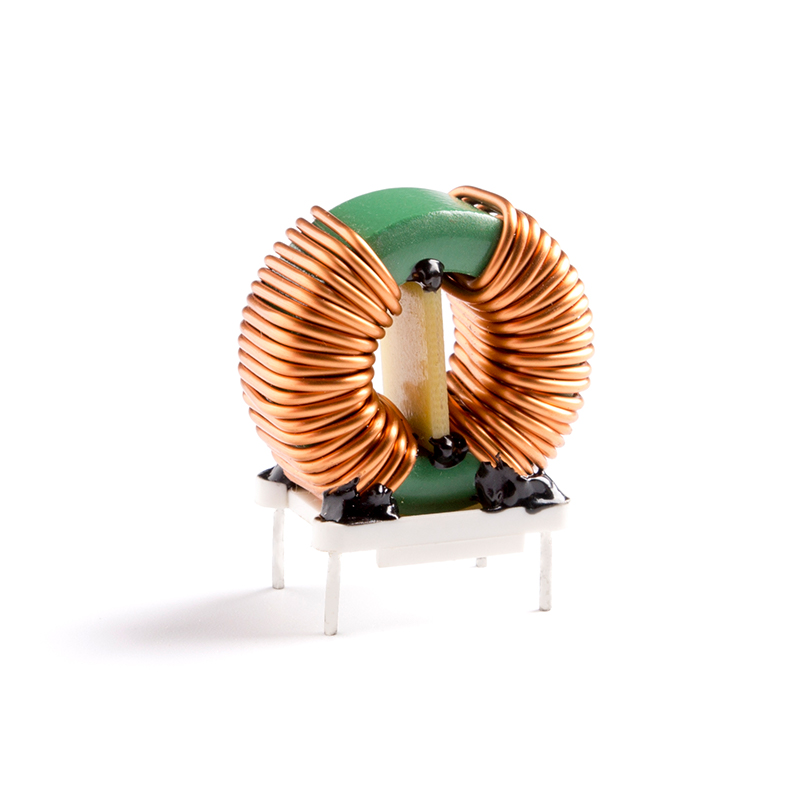
This versatility opens up exciting possibilities for a variety of industries. Consider the field of renewable energy, where solar inverters and wind turbine generators rely on precise power regulation. Amorphous nanocrystalline inductors provide the stability and efficiency needed to convert variable DC inputs into clean AC outputs, ensuring maximum energy harvest and minimal wastage. Their ability to perform consistently under demanding conditions also extends the lifespan of these systems, reducing maintenance costs and downtime.
Similarly, in the realm of consumer electronics, the shift toward thinner, lighter devices has placed new demands on component manufacturers. Smartphones, laptops, and wearables now require power supplies that are not only compact but also capable of supporting fast charging protocols. Here again, amorphous nanocrystalline inductors shine. Their high-frequency capabilities and low thermal output make them perfect for integrating into densely packed circuit boards without risking overheating or performance degradation.
But perhaps the most intriguing potential lies in emerging technologies like wireless power transfer (WPT) and 5G networks. Both fields require components that can handle complex waveforms and fluctuating loads with minimal loss. Amorphous nanocrystalline inductors’ exceptional magnetic properties ensure stable operation, enabling seamless wireless charging experiences and uninterrupted connectivity in next-generation communication systems.

 English
English 中文简体
中文简体 Deutsch
Deutsch 日本語
日本語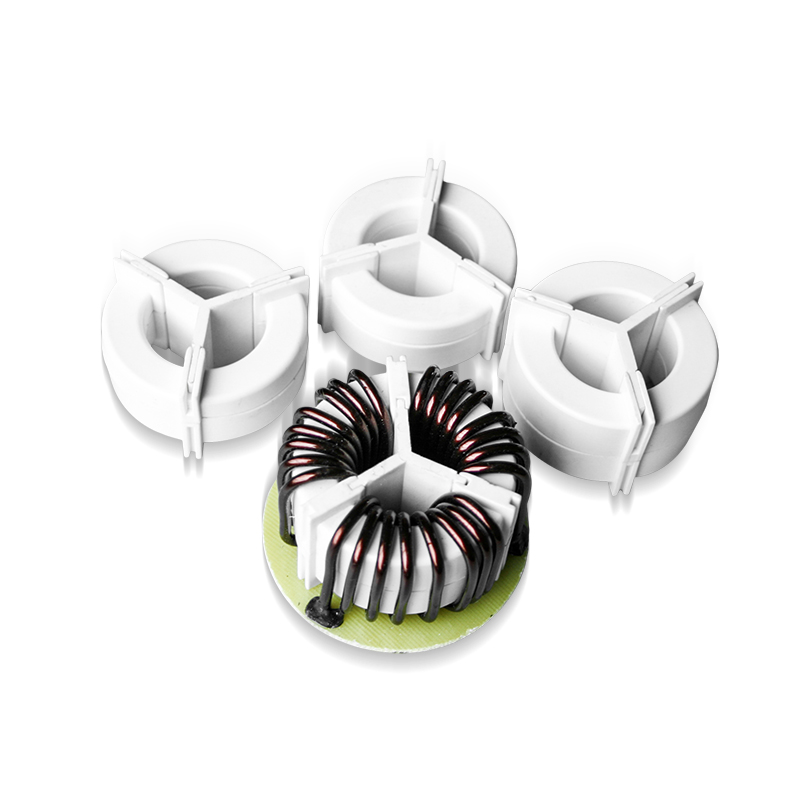
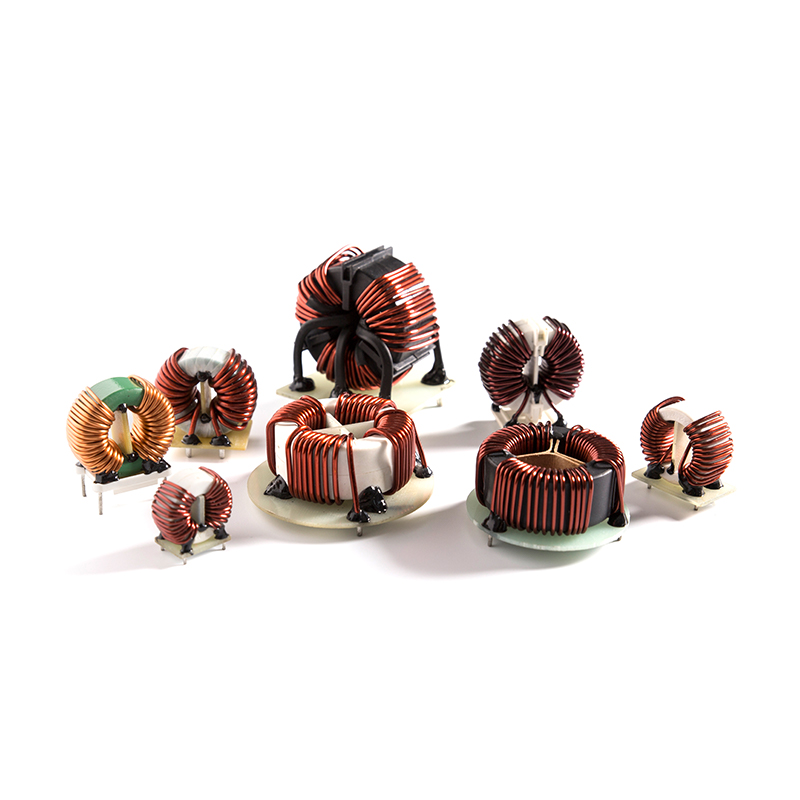
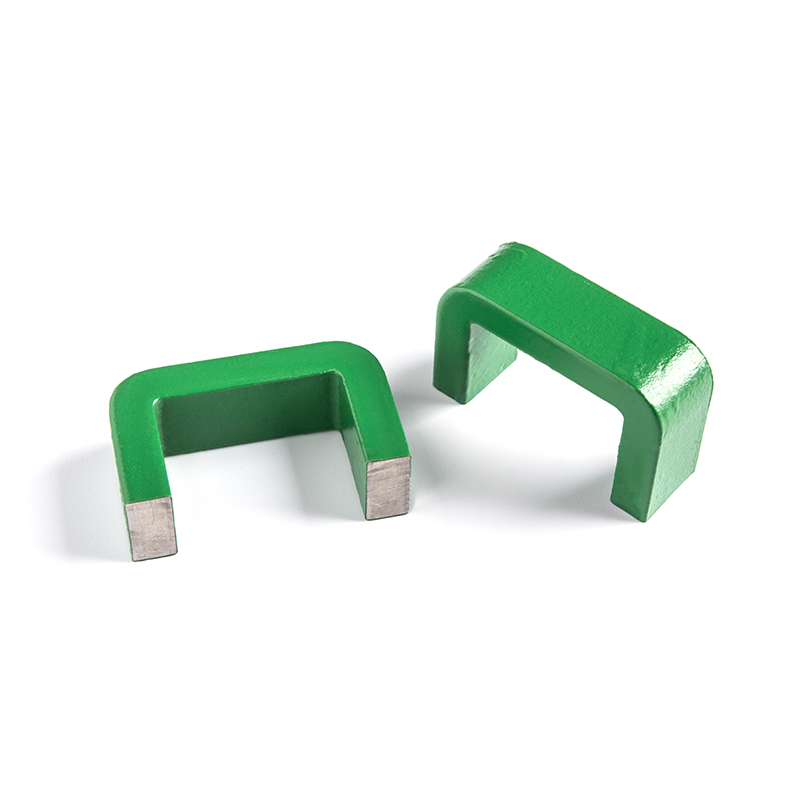 View More >>
View More >>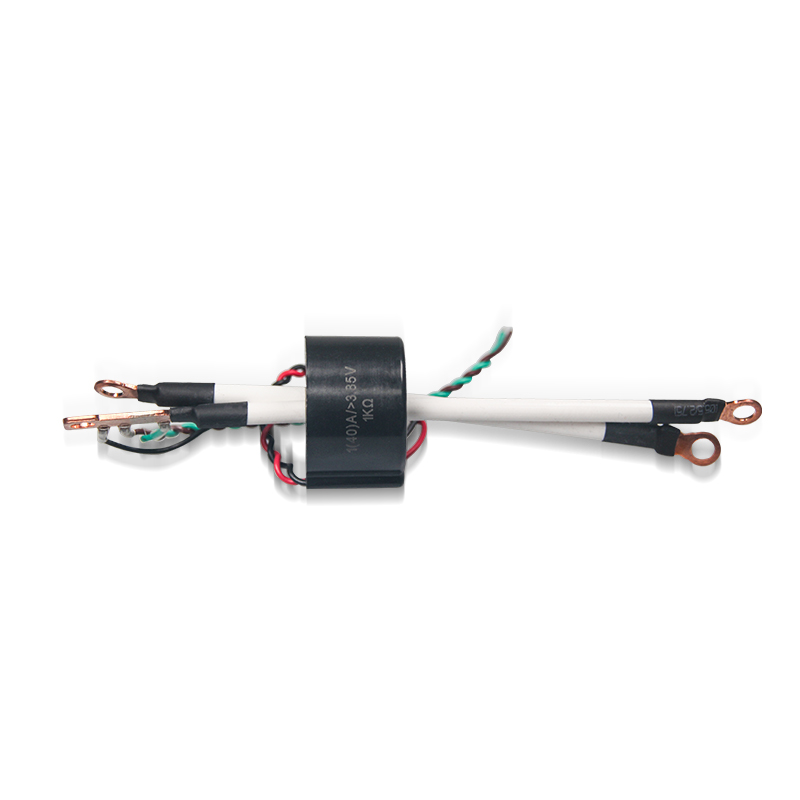 View More >>
View More >>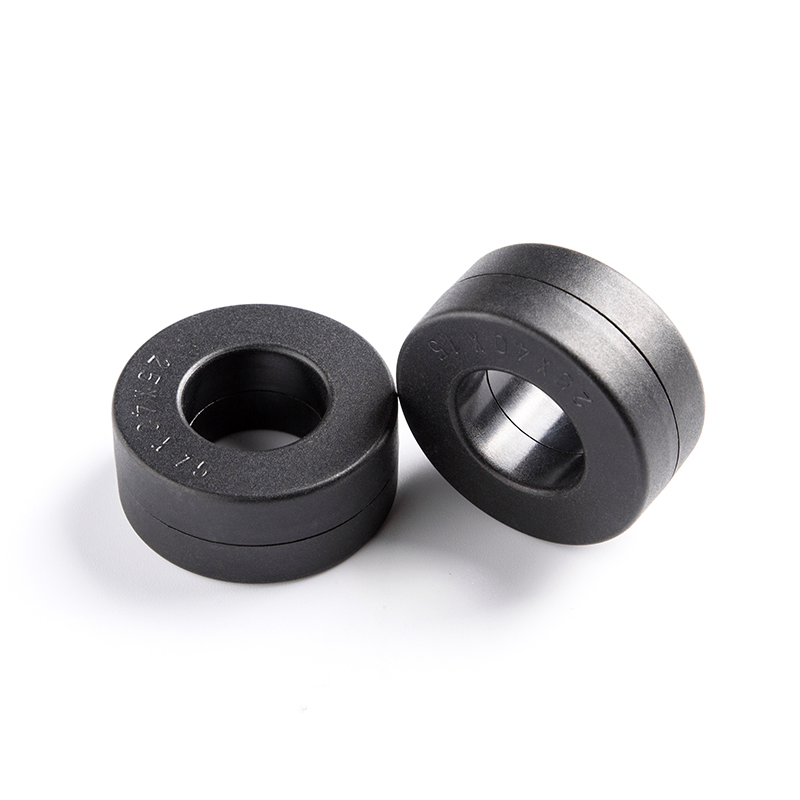 View More >>
View More >>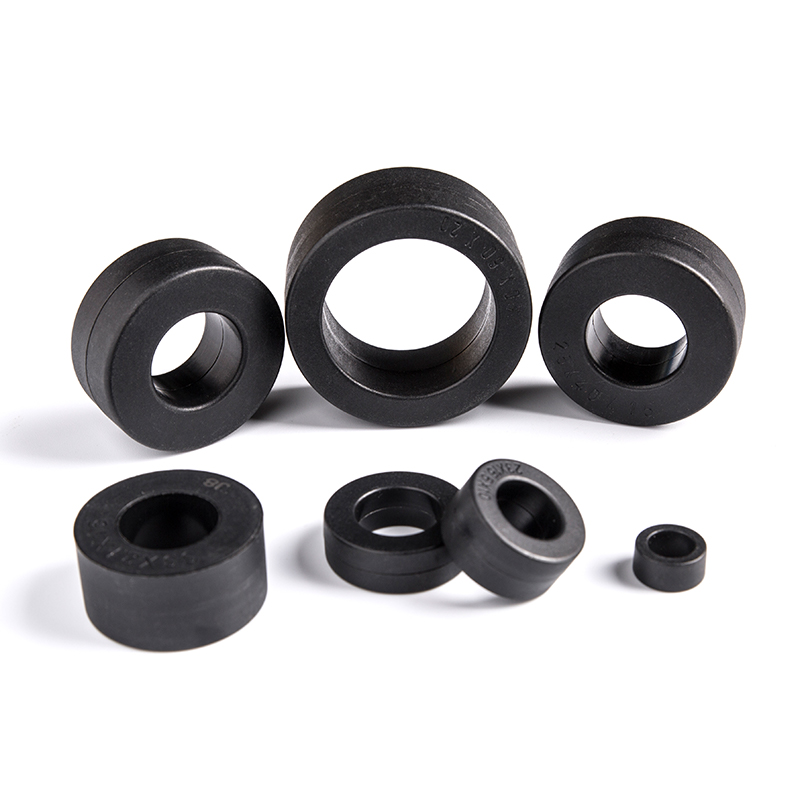 View More >>
View More >>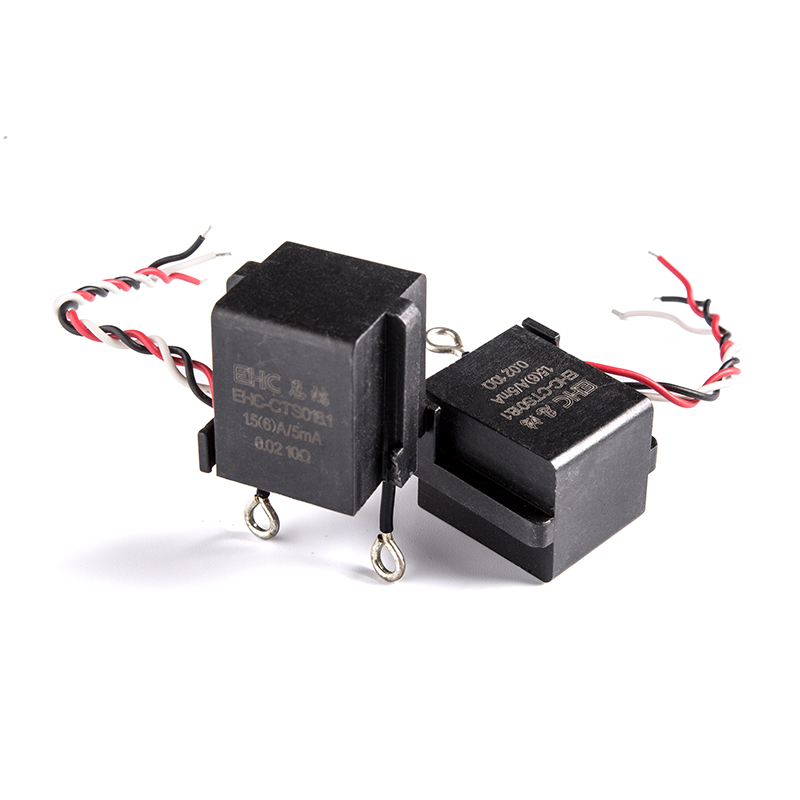 View More >>
View More >>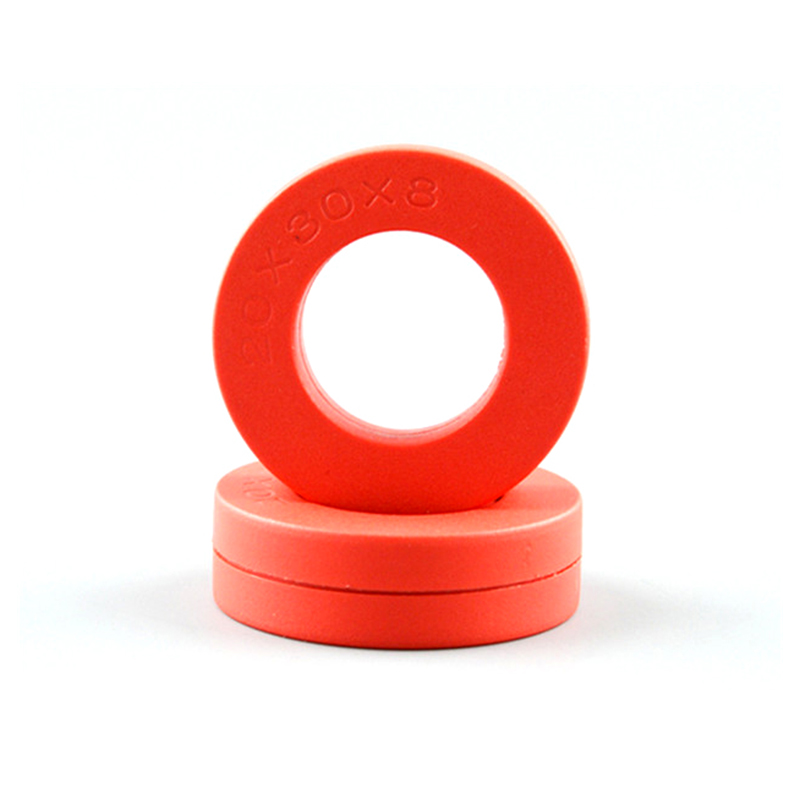 View More >>
View More >>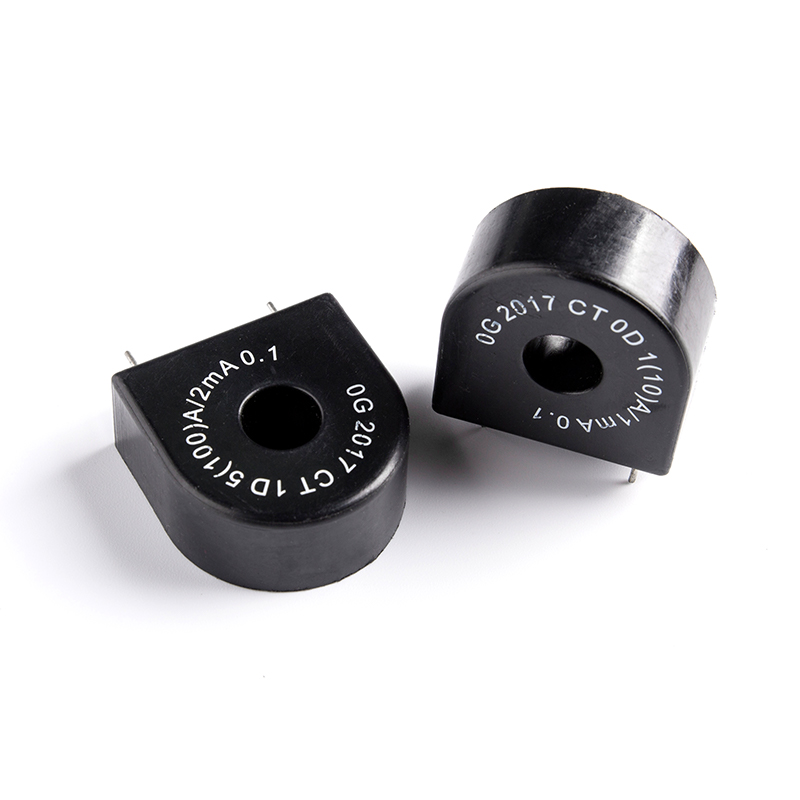 View More >>
View More >> View More >>
View More >>